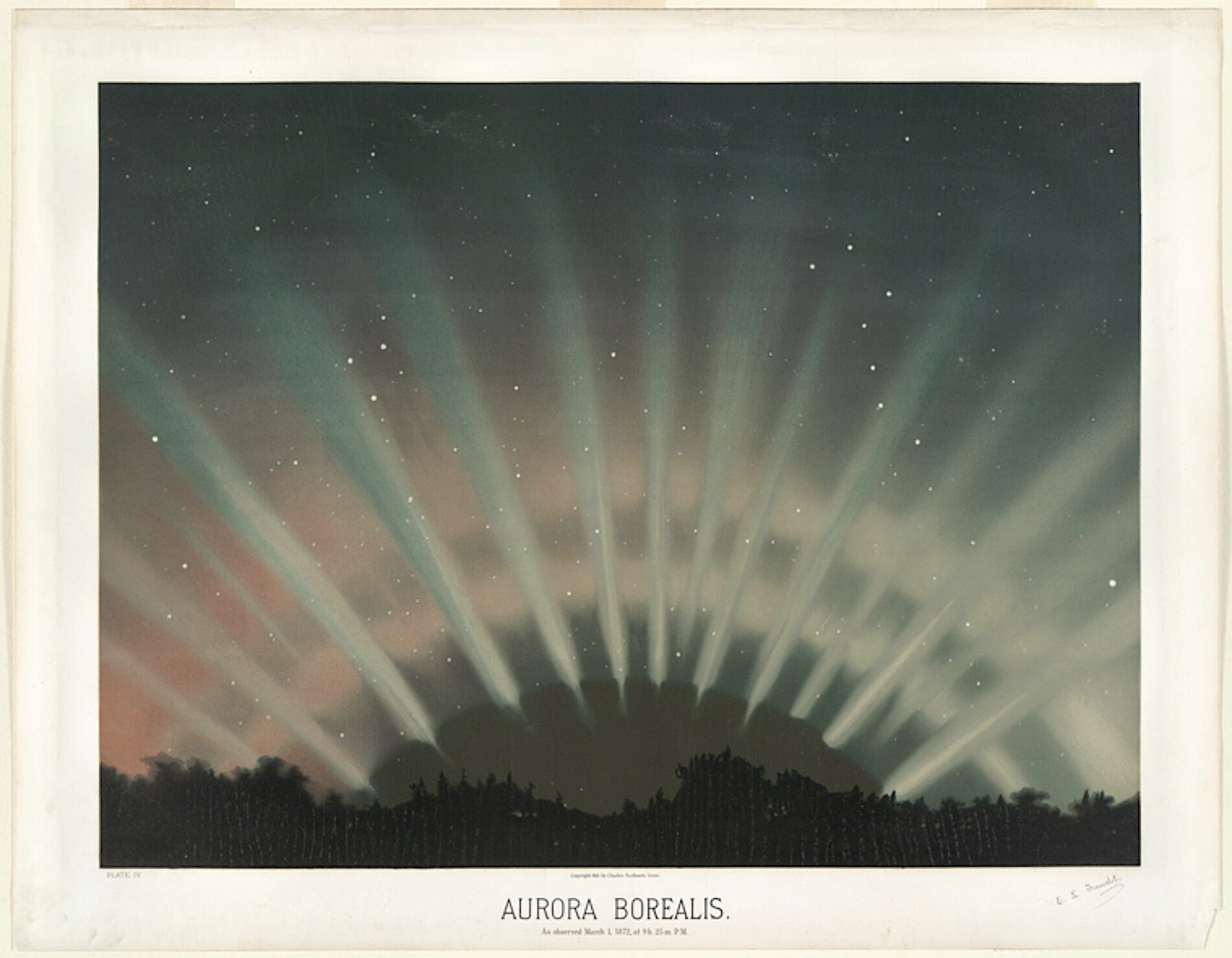Mushrooms are having a moment, thanks in part to pioneering time-lapse cinematographer Louie Schwartzberg’s documentary Fantastic Fungi.
Now streaming on Netflix, the film has given rise to a bumper crop of funghi fantatics, who sprang up like, well, mushrooms, to join the existing ranks of citizen scientists, culinary fans, weekend foragers, amateur growers, and spiritual seekers.
Schwartzberg, who earlier visualized pollination from the flower’s point of view in the Meryl Streep-narrated Wings of Life, is a true believer in the power of mushrooms, citing funghi’s role in soil creation and health, and their potential for remedying a number of pressing global problems, as well as a host of human ailments.
Fantastic Funghi focuses on seven pillars of benefits brought to the table by the fungal kingdom and its Internet-like underground network of mycelium:
A number of projects are exploring the ways in which the mycelium world can pull us back from the bring of desertization, water shortage, food shortage, bee colony collapse, toxic contaminants, nuclear disasters, oil spills, plastic pollution, and global warming.
Mushroom-related industries are eager to press funghi into service as environmentally sustainable faux leather, building materials, packaging, and meat alternatives.
From fine dining to foraging off-the-grid, mushrooms are prized for their culinary and nutritional benefits.
Will the humble mushroom prove mighty enough to do an end run around powerful drug companies as a source of integrative medicine to help combat diabetes, liver disease, inflammation, insomnia and cognitive decline?
Researchers at Johns Hopkins, UCLA, and NYU are running clinical trials on the benefits of psychedelic psilocybin mushrooms as a tool for treating addiction, depression, anxiety, PTSD and suicidal ideation.
Of course, there’s also a rich tradition of religions and individual seekers deploying mind altering psychoactive mushrooms as a form of sacrament or a tool for plumbing the mysteries of life.
Director Schwartzberg understandably views mushrooms as muse, a fitting subject for photography, music, film, poetry, art and other creative endeavors.
With regard to this final pillar, many viewers may be surprised to learn how much of the 15 years Schwartzberg dedicated to capturing the exquisite cycle of fungal regeneration and decomposition took place indoors.
As he explains in the Wired video above, his precision equipment excels at capturing development that’s invisible to the human eye, but is no match for such natural world disruptions as insects and wind.
Instead, he and his team built controlled growing environments, where highly sensitive time lapse cameras, dollies, timed grow lights, and more cinematic lighting instruments could be left in place.
Set dressings of moss and logs, coupled with a very short depth of field helped to bring the Great Outdoors onscreen, with occasional chromakeyed panoramas of the natural world filling in the gaps.
Even in such lab-like conditions, certain elements were necessarily left to chance. Mushrooms grow notoriously quickly, and even with constant monitoring and calculations, there was plenty of potential for one of his stars to miss their mark, shooting out of frame.
Just one of the ways that mushrooms and humans operate on radically different timelines. The director bowed to the shrooms, returning to square one on the frequent occasions when a sequence got away from him.
Providing viewers an immersive experience of the underground mycelium network required high powered microscopes, a solid cement floor, and a bit of movie magic to finesse. What you see in the final cut is the work of CGI animators, who used Schwartzberg’s footage as their blueprint.
Netflix subscribers can stream Fantastic Fungi for free.
From October 15 — 17, filmmaker Louie Schwartzberg is hosting a free, virtual Fantastic Fungi Global Summit. Register here.
You can also browse his collection of community mushroom recipes and submit your own, download Fantastic Fungi’s Stoned Ape poster, or have a ramble through a trove of related videos and articles in the Mush Room.
Related Content:
John Cage Had a Surprising Mushroom Obsession (Which Began with His Poverty in the Depression)
Algerian Cave Paintings Suggest Humans Did Magic Mushrooms 9,000 Years Ago
Ayun Halliday is an author, illustrator, theater maker and Chief Primatologist of the East Village Inky zine. Brood X Cicadas are her mushrooms. Follow her @AyunHalliday.


















